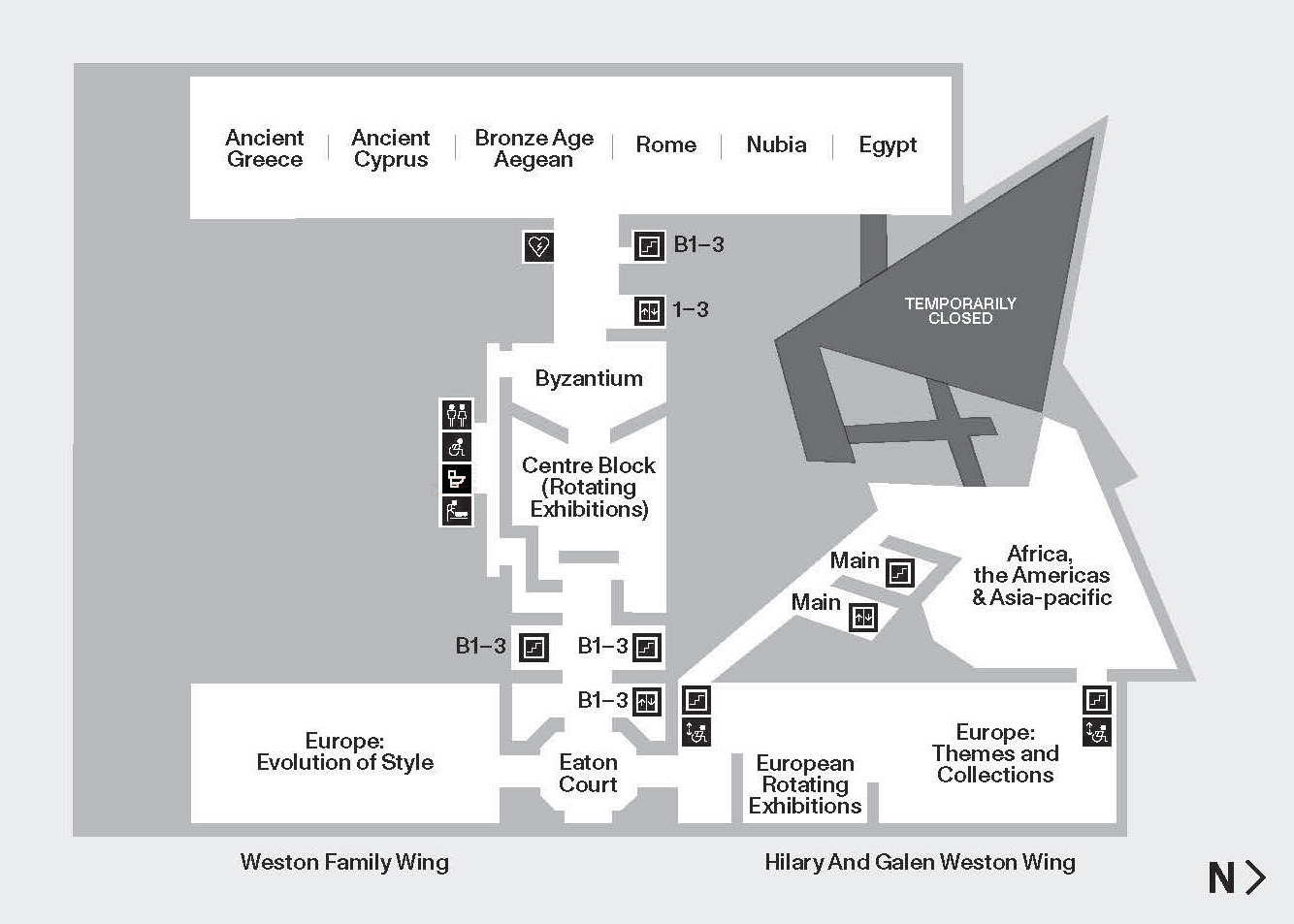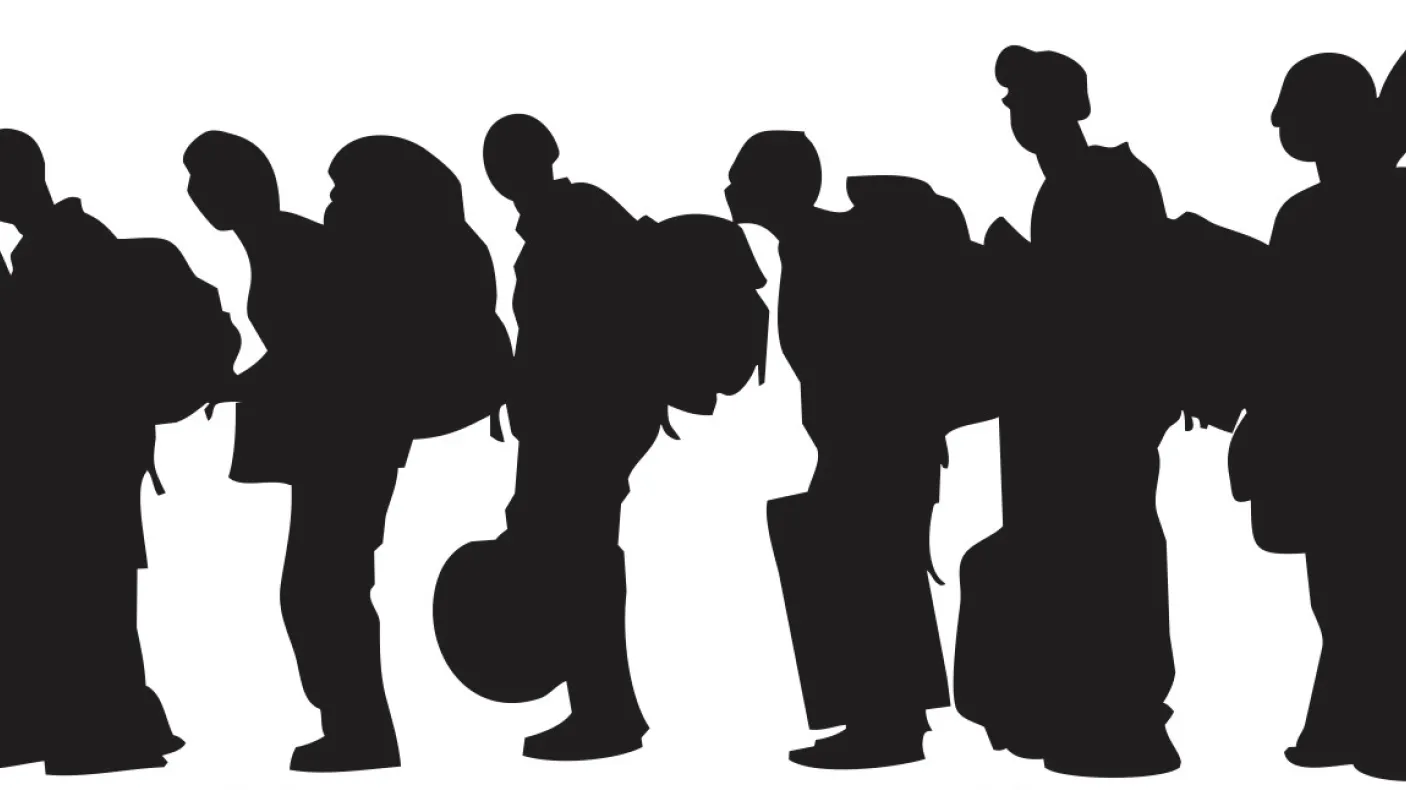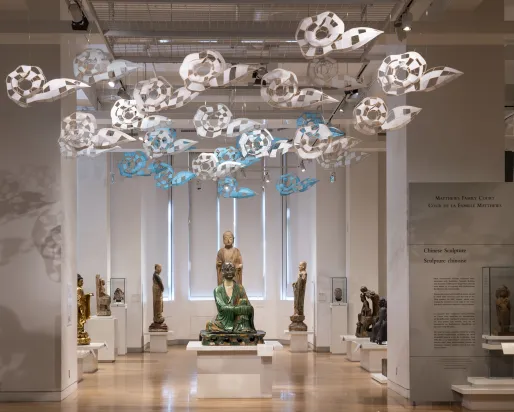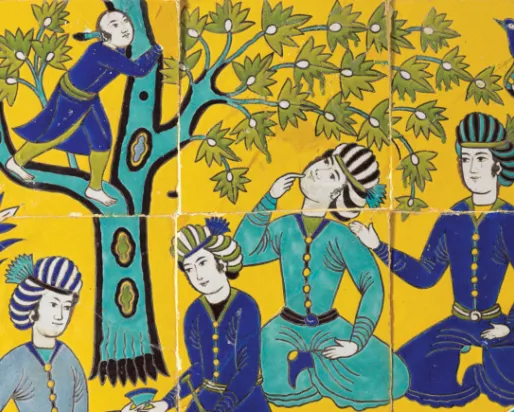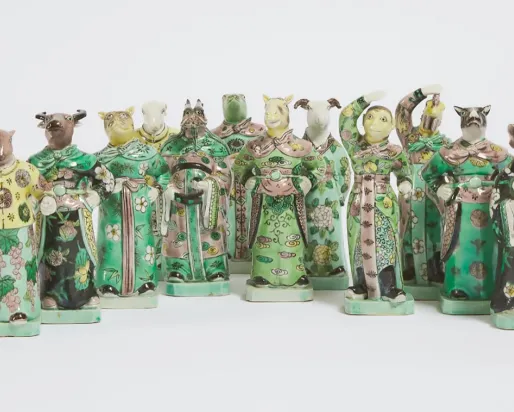Maps, Borders and Mobility in Africa
Date
Location
About

Maps, Borders and Mobility in Africa reflects upon the Berlin Conference, a critial event in African history. Through a series of maps spanning over seven centuries, explore how European propaganda progressively voided African lands of cultures, political organizations, and history, to legitimize their colonial claim.
The African borders created during the Berlin Conference are still very much present today. Through a series of maps spanning seven centuries, the exhibition invites you to reflect on the shifting representations of the African territory and the impact borders play on peoples’ lives.
Highlights

Introduction
This display reflects upon the Berlin Conference, a critical event in African history. These maps illustrate how European propaganda progressively voided African land of cultures, political organizations, and history, in order to legitimize their colonial claims. Objects too, removed from their place of creation, reflect unequal relations and suggest a creative response from African artists to the transforming cultural and commercial conditions brought by the European presence throughout the continent.
The Berlin Conference is remembered as the official beginning of the “Scramble for Africa”, which legitimated colonial control over large segments of the continent.
In November 1884, representatives of 12 European powers, the Ottoman Empire, and the United States met in Berlin for a conference that would determine Western commercial and political influence over the African Continent. For three months, around a large-scale map of Africa, these foreign nations divided for themselves vast territories on the basis of commercial posts and historic agreements with local kings and chiefs. The result was the creation of borders that did not consider existing cultural, linguistic, religious, or political relationships among the peoples who had inhabited the land for millennia.
The conference’s legacy lives to this day—the current borders of Africa’s 55 nation states reflect, for the most part, the artificial divisions that were drawn on the African map 130 years ago.
Maps: Representation or Imagination?
The transformations that appear in European representations of Africa from the 14th to the 19th centuries show that maps are as much a presentation of specific visions, imaginations, or political agendas as they are objective depictions of topography. In the centuries leading to European colonial domination of Africa, maps served as a powerful tool of control. On one hand, they became increasingly geographically accurate based on the knowledge of the land acquired by European explorers. On the other, they progressively obliterated indications of indigenous cultural and political territories. As part of the colonial enterprise, Africa became an empty slate that could be arbitrarily divided.
Collections
The colonial “Scramble for Africa” marked an exponential increase in the collection and exhibition of African artworks in the West. While many objects were acquired as war booty, others were confiscated by missionaries, or obtained as political tokens and diplomatic gifts. Since merchants, functionaries, militaries, and travellers also purchased many objects, African artists began expanding and diversifying their products to satisfy both local and foreign patrons. The artworks in exhibition reflect the creative response to changing cultural needs and patronage, and socio-political shifts.
Borders, Mobility, and Creativity
The African borders created during the Berlin Conference are still well established, even though all African nations have since asserted their political independence from European powers. Colonial borders separate people from the same ethnic group, requiring them to hold different passports, learn different languages, and need visas to visit relatives or explore their own continent.
Mobility and travel broaden both horizons and knowledge. Artists are travellers who often incorporate their experiences of displacement in their creative practice.
Challenging Maps, Rethinking Representation
Maps are projections. For as detailed as they can be, they do not portray territories. They are graphic presentations that enable us to imagine and understand territories and their relationship to one another. Yet – in their conventionality - these representations are not neutral tools, but as every representation they may convey implicit biases and worldviews. While the discussion on the distortions embedded in the Mercator’s projection – our most commonly seen maps - is not knew, recently a number of thought provoking alternative maps has been circulating quite extensively through Social Media and web-based applications.
Here are some examples:
Popular websites such as buzzfeed.com or the Huffington Post have publicized issues around the geographical and social misconceptions about Africa using maps. Posts such as “8 maps that will change the way you look at Africa” by one.org, highlight a general ignorance towards the continent, which has prevailed among some Eurocentric communities.
Popular television series The West Wing also featured a segment discussing how western colonial impulses have affected maps, and therefore perspectives about global realities.
Kai Krause created a graphic has been widely circulated on the web, and is often one of the maps used to argue our misconception regarding Africa’s size. Krause produced what he terms an “unusual map” which fits the USA, UK, China, Spain, France, Belgium, Italy, Switzerland, Eastern Europe, India, Germany, Japan and Portugal within the borders of Africa as though assembling a puzzle. Krause notes that the Mercator projection that was widely taught throughout the 20th century disproportionately shows areas near the poles as greatly exaggerated. Despite this inaccuracy The Mercator projection was advantageous for commercial trade and colonial activities as it allowed for straight lines to be drawn when planning travel routes. However its continued use meant that the maps taught in schools showed Africa to appear about the size of Greenland, and therefore the needs of the west continue to affect Africa's depiction and wider understanding. According to Krause college grads estimating the size of Africa today are consistently off by a factor of 2 or 3.
Finally a web-based game, which has been promoted on buzzfeed.com called “You Don’t Know Africa” challenges players to identify a country in Africa, by clicking on its location on an interactive map while timing them to underscore the point that Africa is not a monolithic continent but one made up of more than 50 countries.

Exit Tour: The Douala/Dakar of Contemporary Art, seven artists conquering seven countries

Exit Tour is an artists’ project also referred to as The Douala/Dakar of Contemporary Art, which takes place throughout seven countries in West Africa. It is an exploration of knowledge, craftsmanship, and African borders, which connects networks, artists, and works of art. It is an initiation-like journey that connects Douala to Dakar by land and by sea, through walking and by bus, and looks into the challenges that national colonial boundaries pose to the free movement of people and goods. It is an artistic act that explores and tests the body in the context of time, distance, and the unknown, and examines the development of new approaches to creation, mobility, and the display of artworks in Africa.
